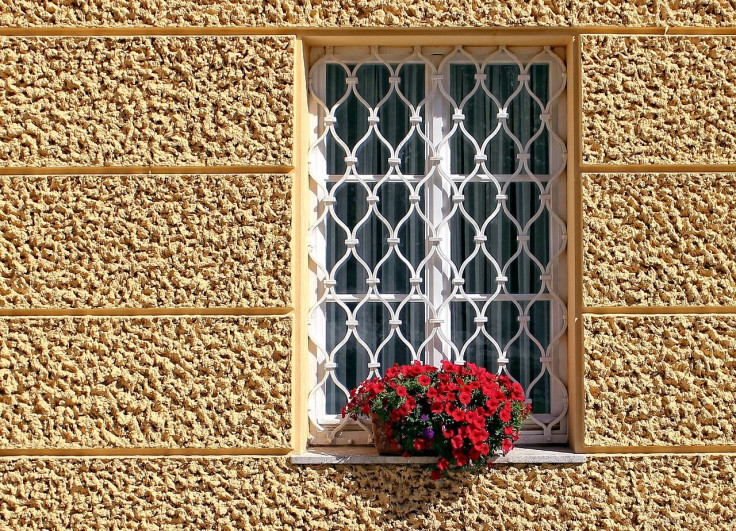Stop Signs, Front Yard Plants, And Other Neighborhood Features Linked To Higher Teen Homicide Rates

One neighborhood boasts security gratings, private bushes surrounding homes, and frequent stop signs to curtail speed-hungry drivers. It also has a worryingly high adolescent homicide rate.
Manmade and natural neighborhood features may have a lot more to do with murder than previously thought, according to a Philadelphia-based study.While security bars, bushes, and stop signs were associated with higher chances of adolescent homicide, other neighborhood features were associated with significantly lower rates. Reduced homicide among those aged 13 to 20 was associated with parks, public transportation, street lighting, and maintained vacant lots. This association doesn’t mean certain features cause homicide, only that it is more likely to occur when those conditions are present, the research team said.
The researchers took 360-degree panoramic photos on the corners where an adolescent homicide had taken place. In total, they searched for 60 environmental elements in images from 143 homicide sites and 155 matched control sites.
One of the study’s authors, Dr. Alison J. Culyba from the Children’s Hospital of Philadelphia, told Philly.com that many studies have focused on individual, family, and socioeconomic factors that impact homicide rates, but much less attention has been paid to how the physical environment relates to risk of violent death. Many of the findings match prior work looking at associations between neighborhood features and less serious crimes. However, Culyba said some of the data was surprising and difficult to interpret.
“In terms of the findings related to stop signs, we think this could be related to the fact that stop signs tend to be located on less busy streets in residential neighborhoods,” she said. “Homicides may be more likely to occur in these locations because perpetrators may think there is a better opportunity to covertly commit crimes in less busy settings.”
When it comes to security bars and gratings, she said residents in less safe neighborhoods may install these features in response to existing crime, rather than the presence of the bars causing crime. More research is important, Culyba said, because the current study could not determine which came first.
Adolescent homicide ranks among the top three causes of death in people aged 10 to 24 in the United States. It affects this group disproportionately, causing approximately 4,800 deaths every year. Youth violence has proven a complex public health problem, one Culyba says she is committed to researching.
“In order to actually protect kids, we need to do further studies where we design neighborhood interventions to improve some of the features we identified and then study how changing those features impacts homicide rates,” she said.
For now, she said, the knowledge that modifiable features of streets and surroundings are significantly related to homicide is an exciting step toward understanding and stopping youth violence.
Source: Culyba A, Jacoby S, Richmond T, Fein J, Hohl B, Branas C. Modifiable Neighborhood Features Associated With Adolescent Homicide. JAMA Pediatrics. 2016.



























